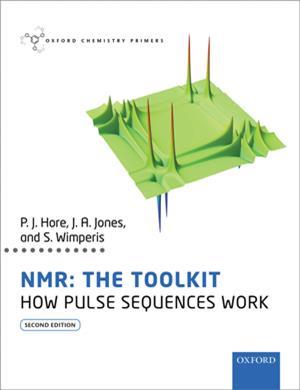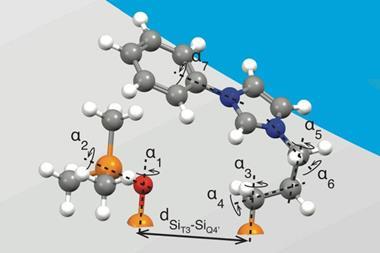Tools of the trade
Peter Hore, Jonathan Jones and Stephen Wimperis (ed)
Oxford University Press
2015 | 136pp | £19.99
ISBN 9780198703426

The second edition of NMR: the toolkit is a welcome addition to the NMR spectroscopist’s book shelf. Its aim is to provide the user with the theoretical tools needed to understand how multi-pulse sequences ‘work’, and to show how these tools are used in practice to analyse some common pulse sequences. The text is divided into two parts: part one sets out the basic tools, with part two exploring the theory behind the subject.
The first section starts out with a brief review of the key ideas and concepts which form the language of pulsed NMR. The following two chapters introduce the product operator method, which is the key tool used to analyse multiple-pulse sequences. The discussion starts with one spin in detail and ends with a brief discussion of larger spin systems.
Having introduced these tools, the editors analyse some key one-dimensional experiments, and then a range of the most commonly used two-dimensional experiments. Throughout these chapters the calculations are presented in plenty of detail, and the results are clearly interpreted with the aid of diagrams. This excellent presentation should help the novice quickly get to grips with how to actually use this operator method. Part one closes with a short but useful discussion of phase cycling and pulsed field gradients. Each chapter has additional problems at the end, for which worked solutions are available – these are a welcome addition.
Part two is somewhat different in nature. Here the aim is to explore the theoretical basis on which the product operator method, and other approaches, is based. This material can in part be found in more advanced texts on quantum mechanics, and is also spread through the NMR literature, but following the thread is not always easy. The great merit of the second section of the book is that it draws all of these ideas together and presents them in a coherent way, clearly set in the context of modern NMR. This will give the reader a good grounding in these theoretical approaches and the confidence to explore them in greater detail. The authors cover density matrices in some detail and do not shy away from dealing with the more complex issues of how to apply the theory to strongly coupled spin systems.
The text closes with a useful set of appendices that summarise further key theoretical techniques, such a matrix exponentials, direct products, the analysis of off-resonance excitation and so on. Again, it is exceptionally useful to have all this material gathered together in one place.
Throughout, the text is well presented, the language is informal and clear, and there are numerous well-presented diagrams. NMR: the toolkit is a valuable text, which I highly recommend for those wishing to get to grips with the analysis and theory of multiple-pulse NMR.
Purchase NMR: the toolkit - how pulse sequences work from Amazon.co.uk












No comments yet